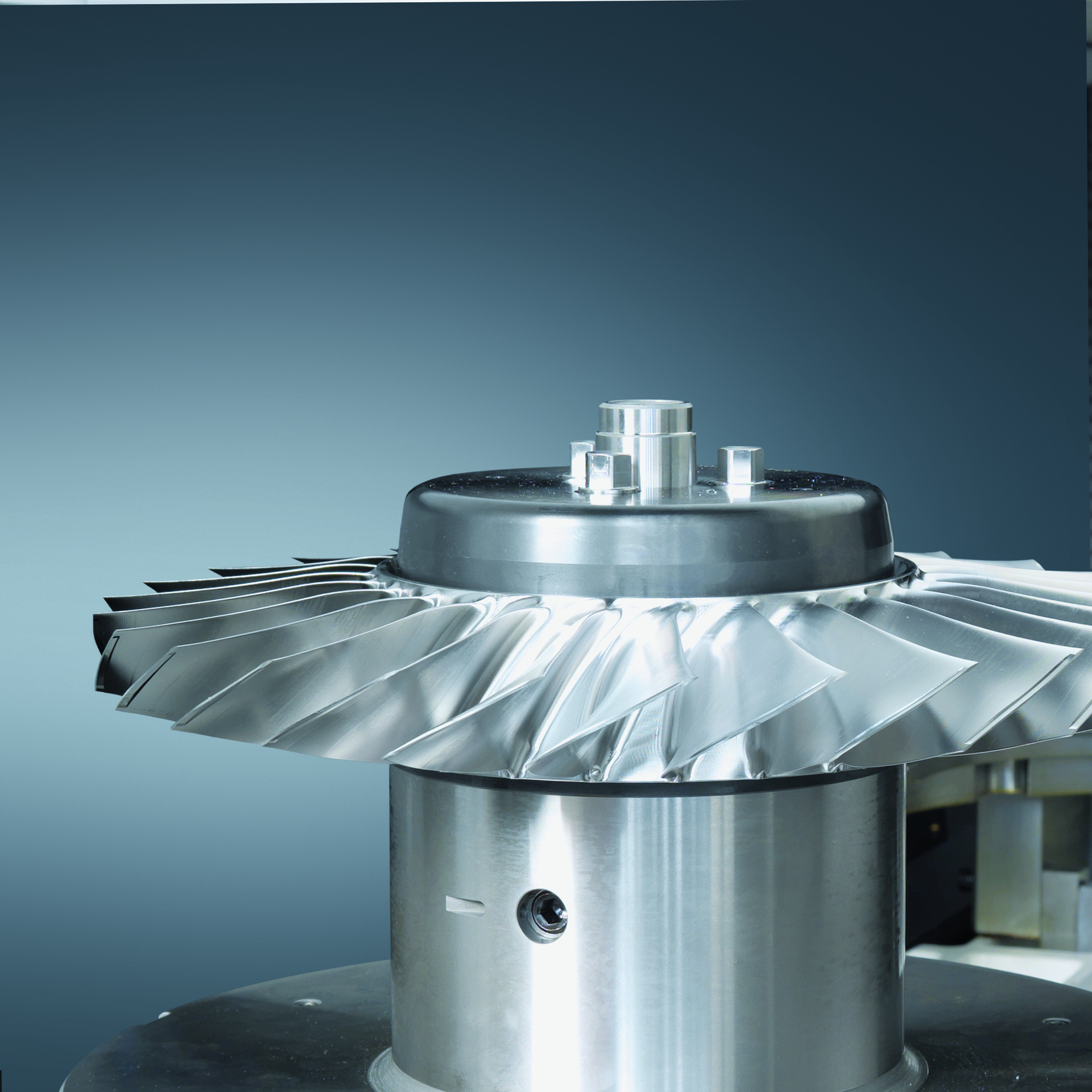Fraunhofer IWS Simulates Coating Processes for Material- and Time-saving as well as more Load-oriented Wear Protection Coatings
More Efficient Coating Processes thanks to Simulation
Components subject to heavy loads in aviation, such as compressors, are usually provided with wear-resistant coatings. This is intended to enable them to withstand the adverse requirements of their use over the long term. Typically, the Arc-PVD process is used for such protective coatings, in which a starting material, usually a nitride hard material, is vaporized in a high vacuum by means of an electric arc and applied to the component to be coated.



In the “DigiParts“ project, Fraunhofer IWS models and optimizes the coating process of complex components such as engine parts or tools for MTU Aero Engines AG. In the project, which started in mid-2022, Fraunhofer IWS scientists aim to increase the efficiency of the Arc-PVD process by using simulation tools to map important process properties. In this way they want to optimize the coating process with the help of computers.
Full simulation saves material and creates better results
During the project, the scientists electronically map the coating process. This includes the cathode process, plasma propagation and layer distribution. First, computer models of relevant processes are created, evaluated with real process variables and then used to optimize important process variables. These are, for example, the discharge parameters, the gas atmosphere and the parameters of the controlling magnetic field. In many years of research work on the Arc-PVD process, the scientists had created the basis for the collection of the necessary process parameters. Comprehensive mapping of the process should help to make better use of the cathode material and make the process more stable. In addition, simulation tools are to be developed to optimize the arrangement, movement and process control of the components in the coating chamber.
In the long term, the project is intended to help optimize the enormously high experimental effort required to set up and optimize new coating processes, such as product changeovers, and to increase production efficiency. At the same time, the project partners intend to make considerable savings in resources such as materials, energy and time.
Infobox Arc-PVD Process The vacuum arc process (or “arc process“) is an industrially established PVD process that is primarily used for coating tools. The high ionization of the coating plasma enables the production of very dense and adhesive coatings. Typical coating systems are metal nitrides, which form an extremely hard and wear-resistant surface. This makes them perfect for coating turbine components to protect them from wear, e.g. caused by particles in the intake air. |
 Fraunhofer Institute for Material and Beam Technology IWS
Fraunhofer Institute for Material and Beam Technology IWS